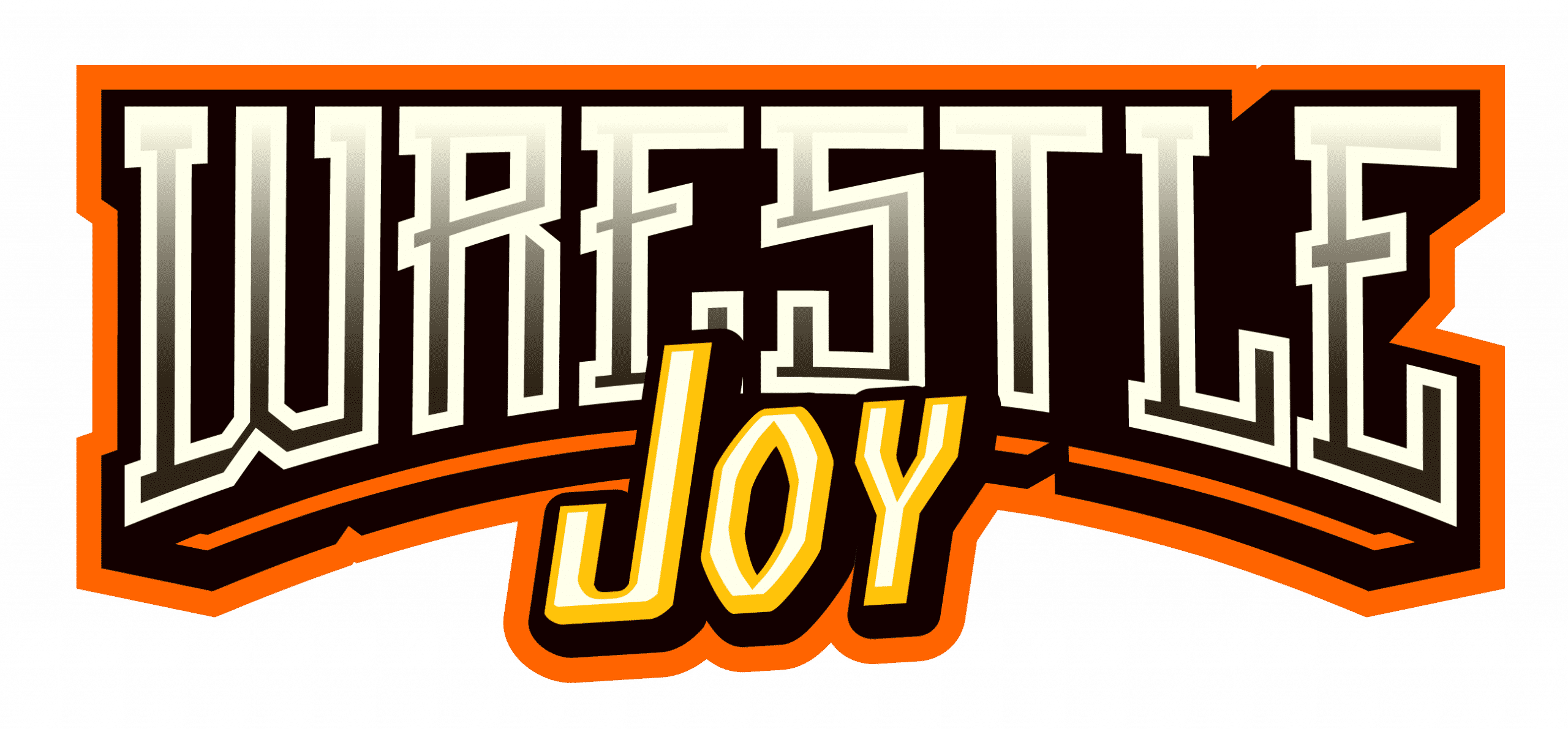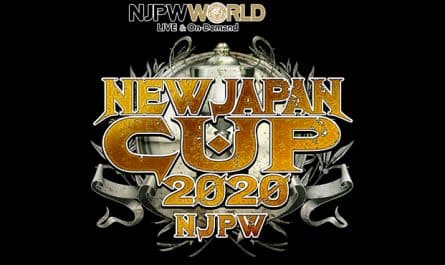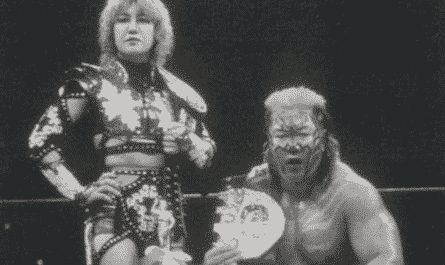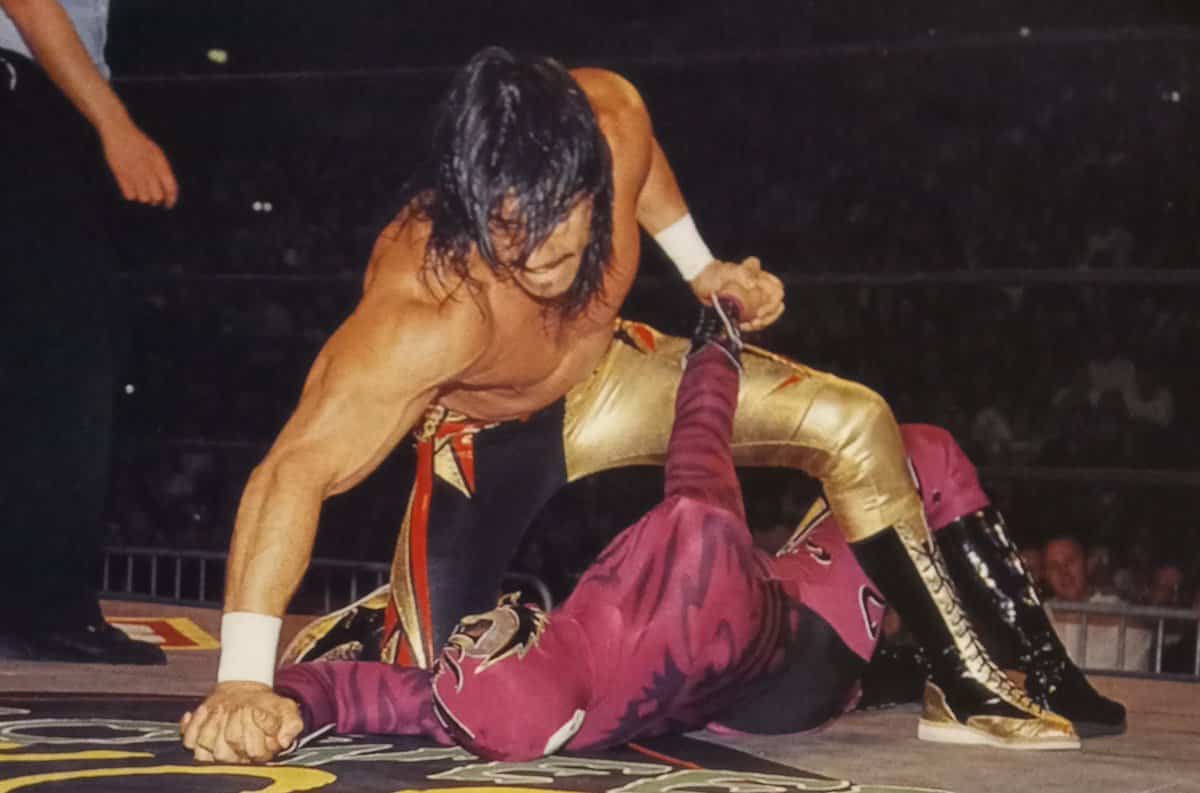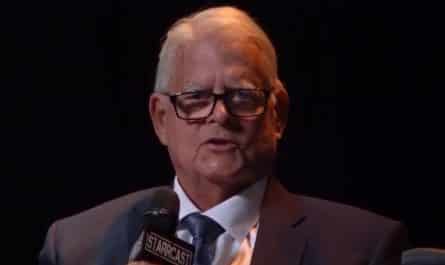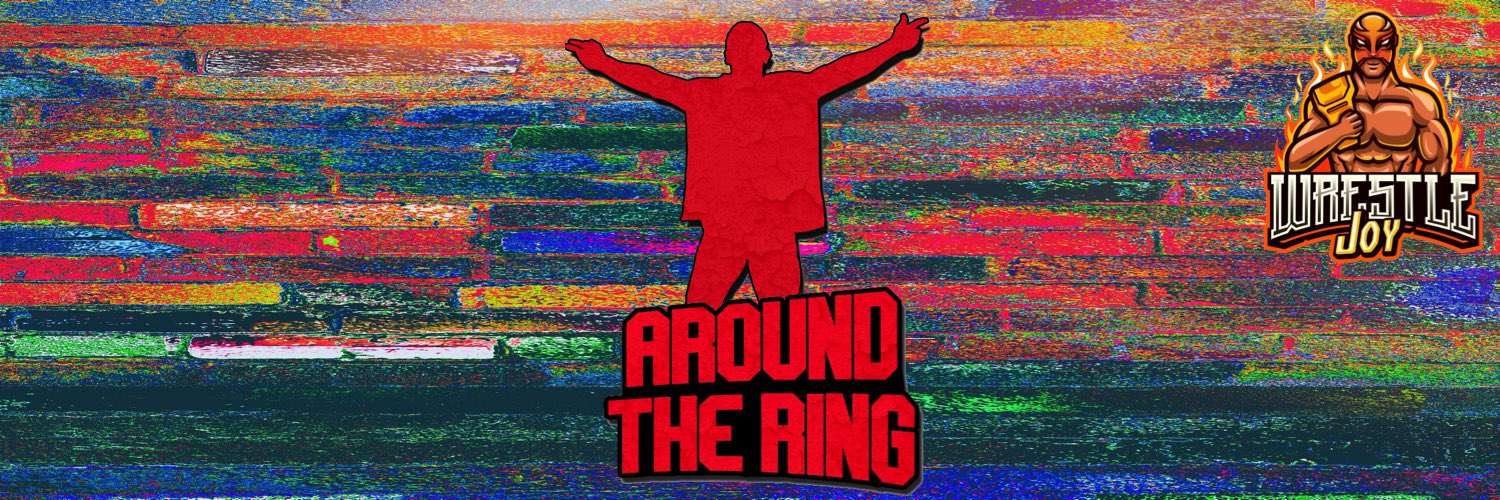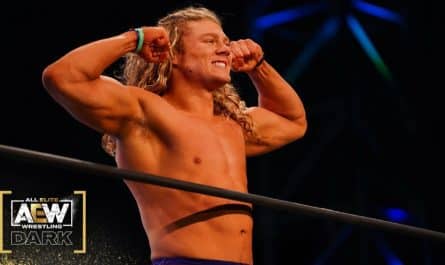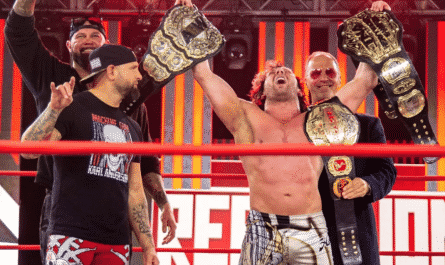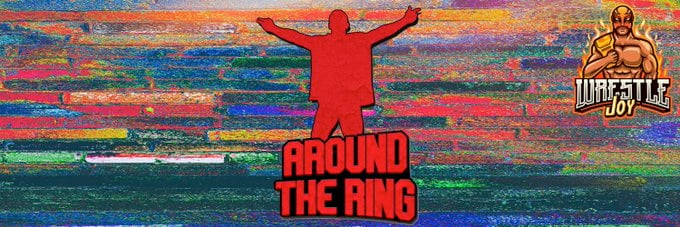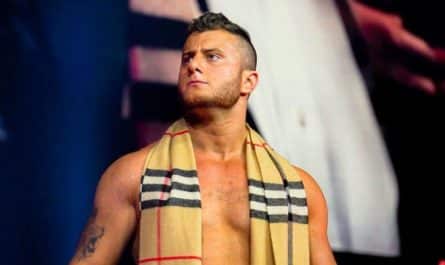This weekend, WWE presents the 35th annual edition of a pay per view show named for its most successful gimmick match. Pat Patterson spent his formative years competing in Roy Shire’s San Fransisco-based Big Time Wrestling. The famed Cow Palace was home to promotion’s annual 18-man battle royal, Shire’s most popular event. Inspired by his mentor, Patterson pitched the idea of a reverse battle royal, where the competitors would come to the ring in staggered intervals rather than starting at the same time.
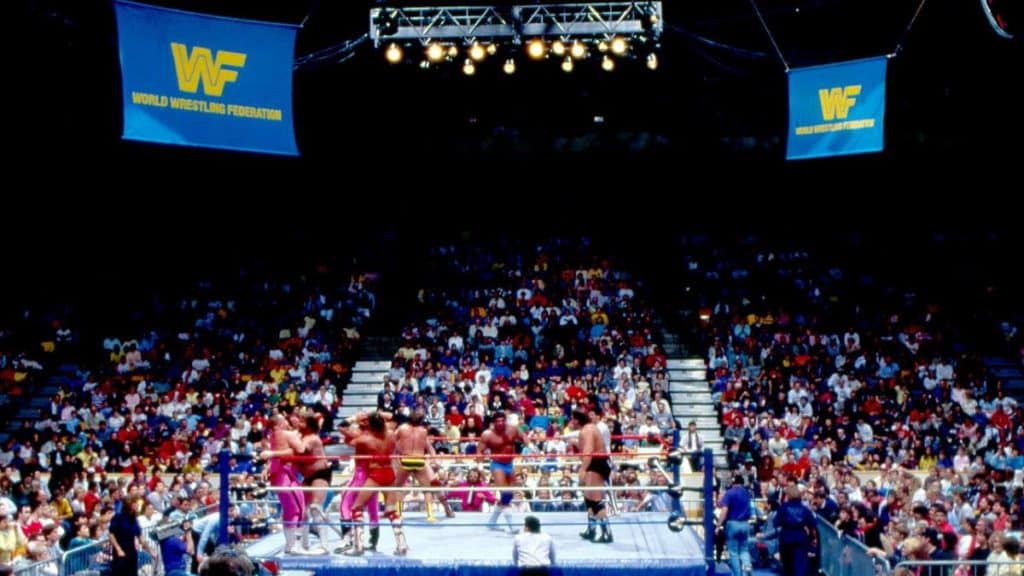
The first Royal Rumble was held in October of 1987 in the former wrestling hotbed of St. Louis. The match was won by the One Man Gang, who tossed Junkyard Dog over the top rope. The event drew less than 2000 people to the Kiel Center and was written off as a failed experiment. When Jim Crockett Promotions announced their company (referred to as the NWA) was returning to pay per view on January 24th, 1988, with The Bunkhouse Stampede, the WWF decided to counter-program the event. Crockett’s first foray into pay per view was just two months prior, in November with Starrcade ’87. The WWF believed their company was entitled to be the only promotion on pay per view and decided to create a pay per view of its own to run on the same day.
Initially, cable providers were excited to have two Thanksgiving pay per view shows, and Starrcade moved their start time back to not compete directly. However, Vince McMahon told cable companies that they would not be allowed to have Wrestlemania IV that spring if they carried Starrcade. The result was a disaster for Crocket. Only four companies chose to run Starrcade, which netted only 20,000 buys. However, the cable providers saw the lost revenue. They told both companies they weren’t to counter each other on pay per view again.
Instead, McMahon went to its cable partner, the USA Network, who had no issue at all with countering a Crockett show. At the time, both companies built their television programs around selling house shows, and pay per view was a fairly new concept. Both companies wanted fans to come to arenas worldwide to see the big storyline pay-off rather than watch them on pay per view. This is why, outside of Wrestlemania, the WWF’s initial PPVs were based around gimmick matches. The Wrestling Classic was a 16-man tournament, and Survivor Series was a collection of 10-man tags. While the Rumble wouldn’t migrate to PPV for another year, the thought process was the same.
McMahon was also building toward The Main Event, a primetime NBC special featuring the rematch between Hulk Hogan and Andre the Giant. The WWF needed a show to help promote The Main Event that could also draw eyes from Crockett, hence the need for a mostly inconsequential gimmick match. With the help of NBC’s Dick Ebersol, who, according to Bruce Prichard, championed the event as perfect for television, the Royal Rumble came to USA. It’s no coincidence that the WWF went with a modified battle royal gimmick since that was pretty much what Crockett presented.
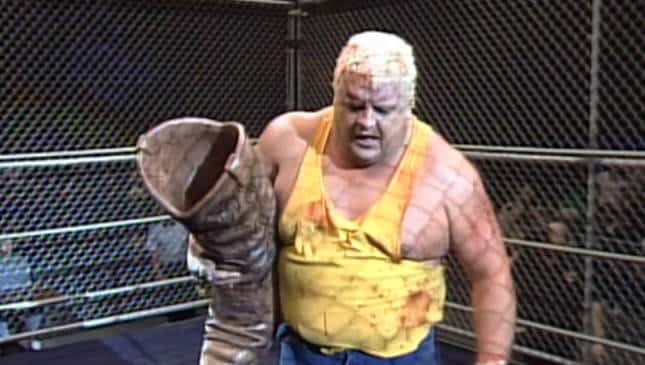
While Pat Patterson came up under Roy Shire in San Fransisco, Crockett booker Dusty Rhodes learned from Eddie Graham in Florida. As a rough-n-tumble Texan, Rhodes loved Western films and took inspiration from the come-as-you-are street fights, known as Bunkhouse matches, to create The Bunkhouse Stampede. Rhodes’ variation on the battle royal was an overly violent fight between cowboys. The winner would be crowned with an over-sized bronze boot. Rhodes had success with the concept, using it as a house show touring attraction during Crockett’s national expansion. The Bunkhouse winners would all qualify for a grand Bunkhouse final match. Rhodes won the event finale from 1985-87.
The 1987 Bunkhouse tour featured a tie in points between Rhodes and new-comer Big Bubba Rogers (Big Bossman). A special winner-take-all Bunkhouse-Finale-in-a-cage was set for a major house show in Pittsburgh. WWF-lore tells how the NWA failed in expanding its reach into the Federation-controlled Northeast. When Crockett first encroached the Steel City, their product struggled to move tickets. Two years later, with Rhodes and Rogers on top, the Bunkhouse Finale set a record for ticket sales. Even more impressive considering Pittsburgh was Bruno Sammartino’s town.
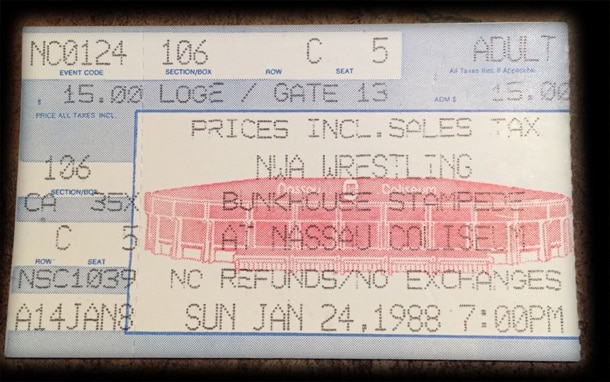
The Bunkhouse Stampede had been a draw for Crockett, and coming off the Starrcade debacle, the company needed a hit. One of the significant criticisms of Starrcade ’87 was taking Crockett’s most important show out of Greensboro, North Carolina — a for sure sellout — and moving it to a smaller venue in Chicago. Sure Crockett could say they were promoting the third-largest city in the US, but they sacrificed a lot of revenue for a show that would only sell 20,000 PPVs. Starrcade in Chicago sold 8,000 tickets. Starrcade 86 in Greensboro and Atlanta sold 30,000 between the two cities.
Rhodes and Crockett would repeat the same mistake by promoting the Bunkhouse Stampede from the Nassau Coliseum in Uniondale, New York, in the heart of Long Island. Another issue with the Stampede was the actual tickets read a 7:00 pm start time instead of the real 6:00 kickoff. The show opened to a mostly empty house. Due to New York being the center of WWF-territory and the Federation putting a show on USA, only 8,000 tickets were sold. Had Crockett held the event in Greensboro or Atlanta, they could have at least leaned on a strong gate.
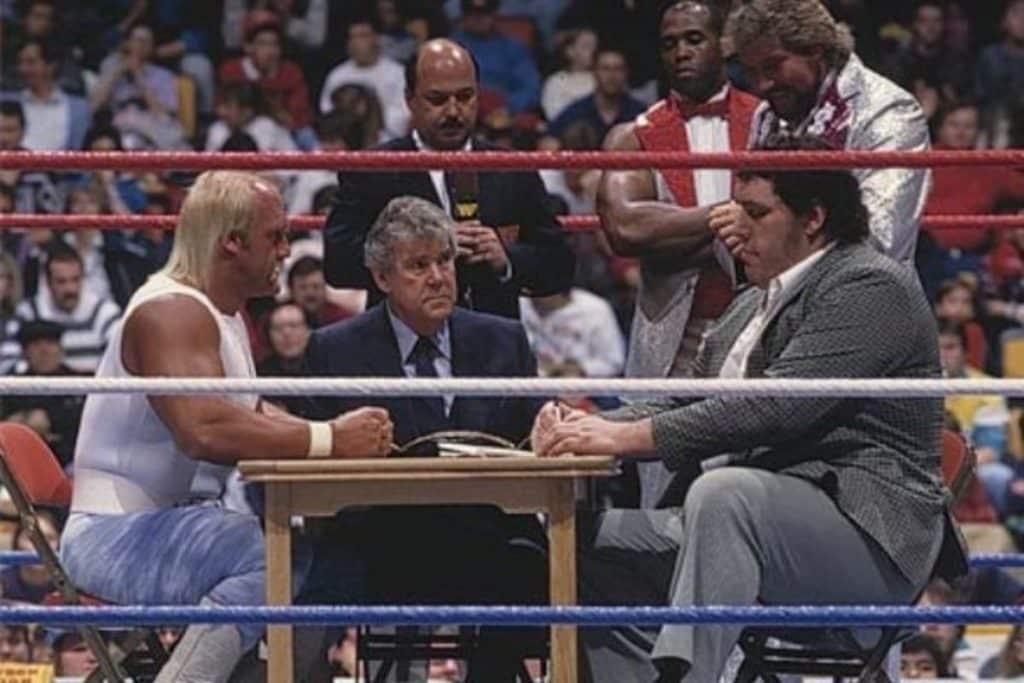
The Rumble show featured matches between Rick Rude and Ricky Steamboat, a WWF Woman’s Tag Team Title match between the Jumping Bomb Angeles (Noriyo Tateno & Itsuki Yamazaki) and the Glamor Girls (Judy Martin & Lelani Kai), an Islanders/Young Stallions match, a Dino Bravo feat of strength bench press and the untested gimmick battle royal. The night’s premiere segment was the contract signing for the Hogan/Andre rematch set for February on NBC. Other than Hacksaw Jim Duggan eliminating The One Man Gang, who won the forgotten St. Louis event, to win the “first” Royal Rumble, the card is mostly forgettable. The event only existed to stifle competition from Crockett.
The show in Uniondale had its own issues. The four-match show featured Nikita Koloff defending the NWA World Television title against Bobby Eaton, Larry Zbyzsko defeating Barry Windham for the NWA Western States Heritage title, and a Ric Flair NWA World title defense against Road Warrior Hawk. The card was emblematic of problems that plagued the late Rhodes era. The Koloff/Eaton match ended in a time limit draw. Zbyzsko won after hitting Windham with Baby Doll’s stiletto heel, and Hawk defeats Flair via disqualification. A show with too many titles without a single definitive win on the mid-card.
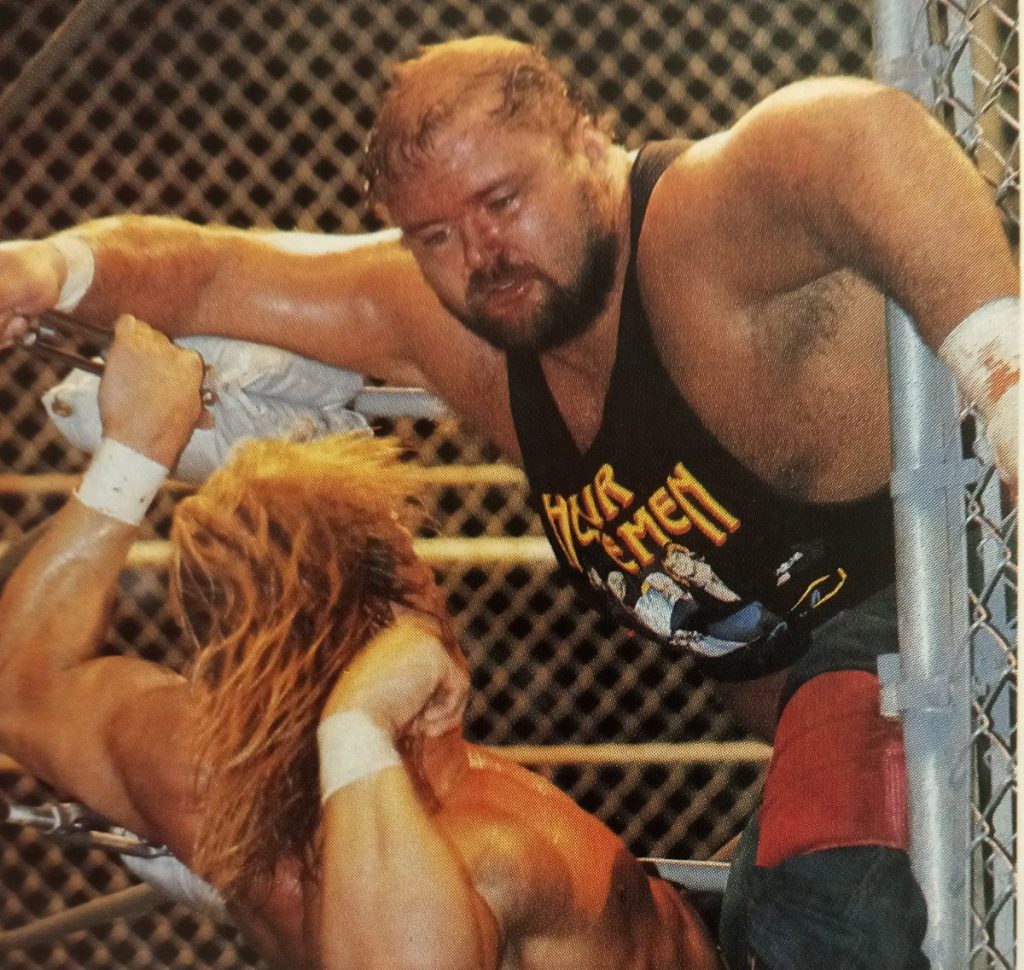
The main event featured a host of NWA stars in the Bunkhouse Stampede Finale, including Arn Anderson. Tully Blanchard, The Powers of Pain, Ivan Koloff, Road Warrior Animal, Lex Luger, and Rhodes. Dr. Death Steve Williams, The Mighty Wilbur, and Big Bubba Rogers were scheduled but didn’t show up. While Wilbur was injured, and Rogers had left the promotion for All Japan, Williams just wasn’t on the show. Even the undercard dark match, where Eddie Gilbert and Sting faced the Sheepherders, was supposed to feature the Rock n Roll Express, who quit the company the night before. In the end, Rhodes won his fourth straight Bunkhouse Stampede Finale and the bronze boot.
The Bunkhouse Stampede was looked at as a failure that further pushed the Crockett company into financial turmoil, which necessitated the sale to Ted Turner later in the year. With Rumble selling 18,000 tickets to Copps Coliseum in Hamilton, Ontario, and drawing a monstrous 8.2 rating for USA, the show became a smashing success. Eventually, the Rumble would become the second most popular pay per view on the WWF/WWE calendar. Its existence started merely as a spiteful counter-programming game between USA and the WWF.
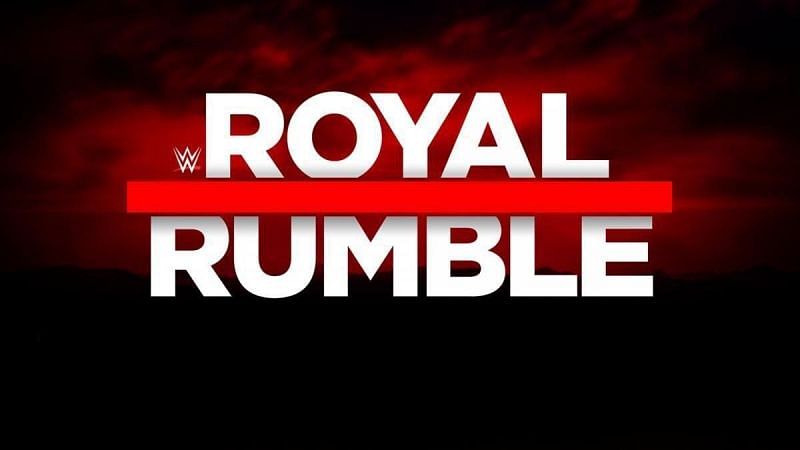
The Bunkhouse Stampede is rightly looked back on as a disaster of a show. Between the lousy location, ticket confusion, ho-hum card, it’s hard to see the Bunkhouse show as anything but a failure. However, as a pay per view, the show drew 200,000 buys, more than 100-times the amount of Starrcade ’87. Crockett would hold two more pay-per-view events in 1988, The Great American Bash, which drew 190,000 buys, and Starrcade ’88 at 150,000. The show still looked back on as a dud sold more pay per views than anything else in the Crockett era. In fact, when the promotion became WCW, it wouldn’t hit numbers that high again until Bash at the Beach 1994, which had 225,000 buys.
While house show business was dim for the early-half of 1988, by the time of the Bash, ticket sales, the primary driver of Crockett’s business, had recovered. The company had already started to turn business around in the second half of 1988. However, the sale to Turner was already underway. The improvements to the Crockett product were moot as the new ownership would change the company’s direction. Perhaps if Crockett had learned from the mistakes of Starrcade ’87 and held the Stampede in one of its stronghold cities, even with the success of the Royal Rumble, history might be different.
